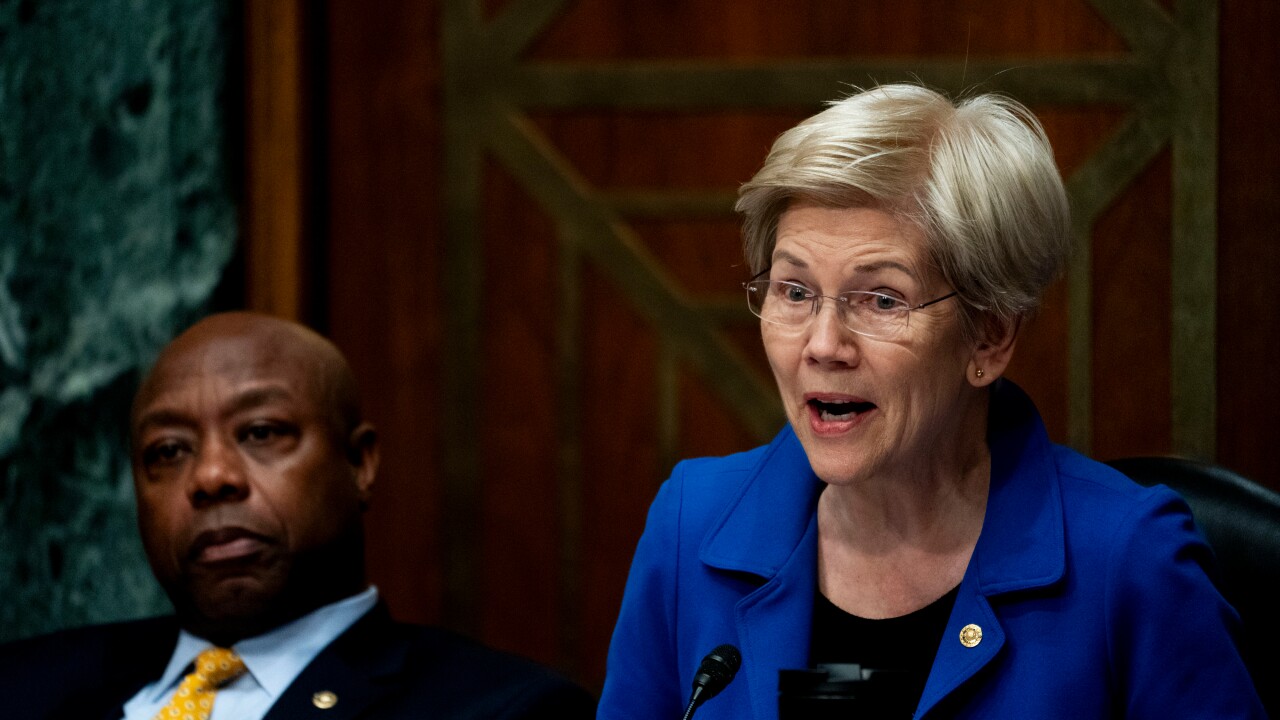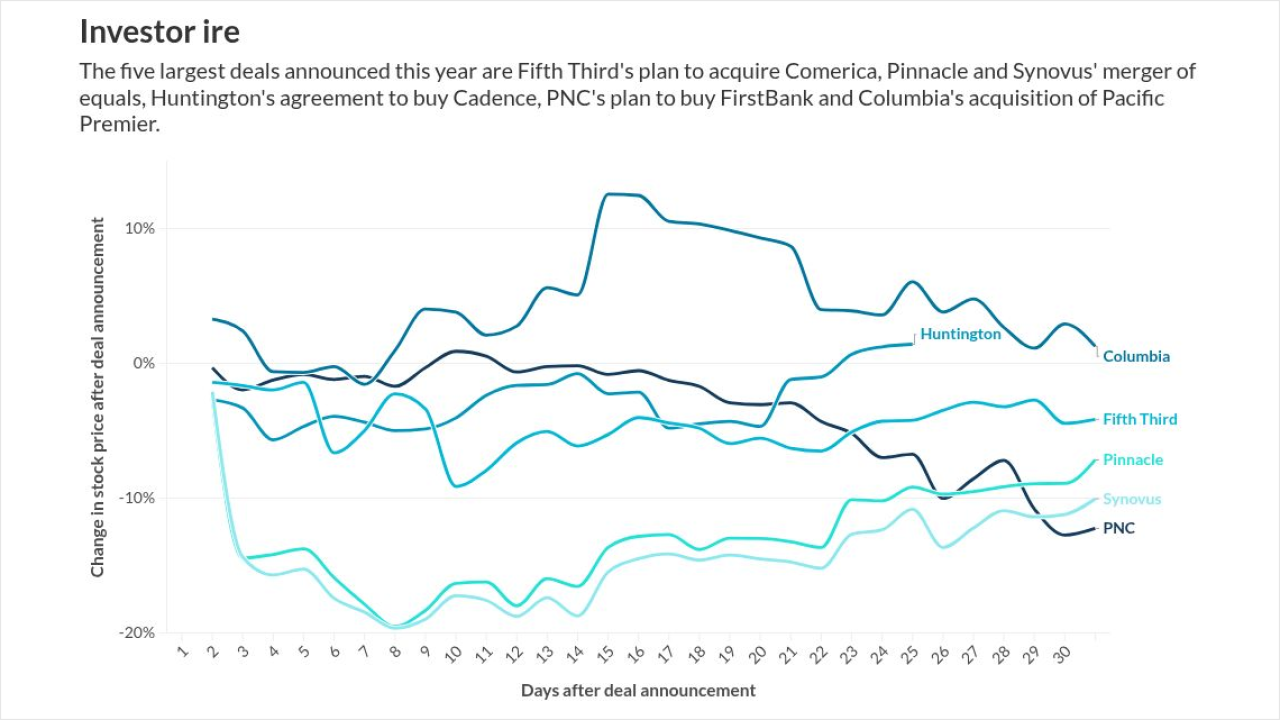COUNTRY BRIEFING
FROM THE ECONOMIST INTELLIGENCE UNIT
RISK RATINGS
Current
Current
Previous
Previous
Rating
Score
Rating
Score
Overall assessment
B
23
B
23
Financial risk
B
25
B
25
Note: E=most risky; 100=most risky.
SUMMARY
In an effort to shore up exports and the economy the Central Bank of China has favoured a weak New Taiwan dollar since the second half of 2001. The currency's performance is usually tied closely to that of the yen and Won, since Japan, South Korea and Taiwan compete in some export sectors. The banking system suffers from a degree of cronyism, although not to the extent of Indonesia. Political influence over financial decision-making has been particularly strong in credit unions and farmers' associations; efforts to reform these institutions have been delayed by partisan politics. Taiwan is overbanked and the regulatory regime is fragmented. The level of non-performing loans has fallen from its previous high level. Banks have been encouraged by politicians to make loans to weak companies outside of the electronics sector. The stock market is volatile, especially during periods of friction across the Taiwan Strait and when stocks in overseas technology companies have suffered downgrades.
SCENARIOS
Banking reform stalls owing to political pressure, especially from unions
Moderate likelihood; Moderate impact; Intensity =9
The previous Democratic Progressive Party (DPP) government made some progress with banking reform. A special legislative session was held in July 2003, with the aim of passing several key financial reform-related bills. It failed to make any progress on the most far-reaching bills owing to the partisan nature of the talks. For example, the then government hoped to see three financial institutions have at least a 10% market share by the end of 2005, and by end-2006 it wanted to see the number of financial holding companies halved to seven. The ambitious timetable was missed--vested interests, including unions, have slowed the process--and the number of banks was not cut by half at end-2005. Moreover, in April 2006 the government announced that it would no longer maintain this timetable, largely owing to its inability to build a consensus on its reform plans. Nevertheless, the broad objective of financial sector consolidation will underpin government policy. This will be made easier now that the KMT controls both the presidency and legislature?in the event of a crisis funds would be forthcoming, something that would help to maintain confidence in the banking system. Foreign banks hoping to enter Taiwan's financial sector through the purchase of local banks should be aware of the possible resistance from vested interests, when entering negotiations.
The New Taiwan dollar remains volatile owing to the variability of portfolio flows
Moderate likelihood; High impact; Intensity =12
The value of the domestic currency is susceptible to changes in foreign investors' portfolio flows, which themselves are driven by the volatile nature of the domestic political scene. In addition, the heavy weighting of electronics companies on the local bourse is influenced by the changes in global sentiment towards telecommunications, media and technology stocks. These factors, coupled with an easing, begun in October 2003, of restrictions faced by foreign investors on the local bourse and in a range of financial products, leaves the risk that a rapid reversal in capital flows could damage the real economy. The currency's vulnerability is limited by the country's strong external accounts position, particularly in terms of the large level of reserves held by the central bank. Indeed, reserves have fallen steadily from a peak of US$291.4bn in June 2008, suggesting that the CBC has been intervening in order to support the local currency in recent months. The interventions so far appear to have been successful?the New Taiwan dollar averaged NT$32.4:US$1 during the first nine trading days of October (when risk aversion and volatility in global financial markets rose sharply), compared with an average of NT$32:US$1 in September Investors should monitor the yen:US dollar exchange rate and further changes in China?s exchange rate policy for clues to the direction of the Taiwan dollar, and hedge accordingly.
Local corporate medium-term debt markets suffer a lack of liquidity
Low likelihood; Low impact; Intensity =4
Overall, Taiwan?s financial system offers the full range of financial products in both the corporate and government debt markets (and one of the biggest debt markets in Asia). However, the depth of the market is still a concern. The relatively shallow and nature of the local medium- and long-term debt market for corporate bonds means that companies have been unable to take full advantage of falling domestic interest rates. There are few blue-chip companies in Taiwan to provide a frame of reference for corporate issues (many of those that do exist opt for overseas financing or fund expansion through profits). Nevertheless, the market has grown recently, especially since the government removed a tax on bond trading transactions. Improvements have been even clearer in the previously illiquid government bond market. Companies operating in Taiwan and with revenues being realised in New Taiwan dollars should consider issuing local currency bonds, particularly as interest rates in Taiwan are forecast to remain lower than those in the US over the short- to medium-term.
The rising credit card delinquency ratio undermines the financial system
Moderate likelihood; Moderate impact; Intensity =9
Credit-card debt represents only a small portion of total loans. Moreover, interest rates as a whole are not expected to rise sharply during the forecast period. Nevertheless, the relatively weak credit-card risk-assessment systems of banks mean that the current growth in consumer credit-card debt could well replace the corporate sector as a source of non-performing loans (NPLs). For example, the delinquency ratio on credit-card loans rose during much of the first half of 2006. While a credit-card-driven financial crisis similar to the one in South Korea in 2004--when credit-card-related bad debts reached close to one-quarter of the total--is not a major systemic threat, several individual card issuers have significantly higher bad loans than the industry average. The issue also highlights potential regulatory risk; the government at one point threatened to cap interest rates on credit card debt in order to limit the financial woes of card users (although it backed down after pressure from the industry). Moreover, there is a possibility that the consumer risk profile may have been distorted by government announcements in 2005 that it intended to update bankruptcy laws (many customers believe the new laws will make it easier to declare bankruptcy). Financial firms operating in Taiwan should be aware that regulatory changes could effect their operations.
BACKGROUND
(Updated: August 1st, 2008)
Foreign Reserves and the Exchange Rate
Taiwan?s foreign-exchange reserves, which stood at US$273bn (excluding gold) in January 2008, are the fourth-largest in the world, exceeded only by those held by Russia, Japan and China. Reserves reached US$100bn in mid-1995, but fell in the following year because of outflows of short-term capital during a period of tense relations with mainland China. In 2003, by contrast, strong inflows of foreign capital, combined with attempts by the CBC to hold down the value of the currency, contributed to a rise in reserves by US$45bn in just 12 months. The increase in reserves has been slower in 2005-07.
The New Taiwan dollar has operated under a managed float since 1979. Since then it has gone through three distinct phases. From 1979 until 1985 it hovered around a rate of NT$40:US$1. After the 1985 Plaza Accord, when the leading industrial countries decided to allow the US dollar to fall against the yen and the Deutschmark, the currency appreciated by about 25% in nominal annual average terms in two years. For a decade, from 1987 until late 1997, the currency traded in a fairly narrow band between NT$25.2:US$1 and NT$28.5:US$1.
In the second half of 1997 the currency came under intense pressure following the sharp devaluations of the Thai, Indonesian, Malaysian and Philippine currencies. (Political uncertainty had already driven the New Taiwan dollar down from NT$26.2:US$1 at end-1994 to NT$27.8:US$1 by mid-1997.) For a time the CBC attempted to defend the currency, but in mid-October it abandoned the effort, and the currency depreciated by 19% against the US dollar during the following three months. In 1998 the currency continued to fall, despite further interventions by the CBC, dragged down by the weakening of the yen, and at end-July 1998 the New Taiwan dollar stood at NT$34.3:US$1. The average exchange rate in 2007 was NT$32.84:US$1, but the New Taiwan Dollar had strengthened to NT$30.85:US$1 on March 17th 2008.
One outstanding policy issue is whether the Chinese renminbi should be tradeable within Taiwan. In late 2006 the CBC governor, Perng Fai-nan, suggested that exchange bureaux should be set up across the country, although he was not in favour of free circulation of the currency.
Financial Services
Traditionally tightly controlled by the government, Taiwan?s banking sector has been liberalised in recent years. Within a year of the coming into force of a new banking law in 1989, interest rates were freed from government control and various restrictions on the establishment of bank branches were removed. The legislation also permitted the establishment of new private banks. In 1991 the government licensed 15 new commercial banks and allowed the conversion of an existing investment and trust company into a bank. In following years more institutions were formed, with the number of domestic commercial banks peaking at 53 in 2000-01.
Liberalisation, however, did not improve the performance of the sector. This is partly because the changes resulted in the creation of too many small banks. As a result, competition in Taiwan?s banking market has been fierce, and individual institutions have consequently lent too freely. In addition, although some banks have been privatised, the state has remained an important player in the financial sector. The government still holds stakes in several banks, and during the economic difficulties of the late 1990s and 2001-02 officials frequently pressured state-linked banks to continue lending to companies suffering from short-term financial difficulties but with otherwise ?normal? operations. A further weakness with the financial system was the division of responsibility for regulation and supervision between three separate bodies: the Bureau of Monetary Affairs (under the Ministry of Finance), the CBC and the Central Deposit Insurance Corporation. In 2004 the government started to shift responsibility for the financial sector as a whole to the Financial Supervisory Commission (FSC).
As a result of these deficiencies, from the second half of the 1990s the health of the financial sector started to deteriorate. By end-March 2002 the official non-performing loan (NPL) ratio in the financial sector had reached 8.8%, up from just 3% at the end of 1995. Problems were particularly acute in the non-bank financial sector. The average overdue loan ratio among local-level financial organisations, mainly consisting of the credit units of farmers? and fishermen?s associations, peaked at 18.5% at end-June 2001.
The deterioration in the health of the financial system prompted the government to introduce a series of reform measures. Officials cut the tax burden faced by the financial services industry, encouraged the consolidation and diversification of the banking sector and established a government-funded Financial Reconstruction Fund (FRF) to facilitate the exit from the market of the weakest institutions. Consumer credit has become better controlled. These efforts appear to have improved the health of the system, although there is still plenty of room for improvement (the process of bank consolidation has been put on hold, for example). In late 2006 and early 2007 the collapse of the Rebar Group, a conglomerate, led to a run on a subsidiary bank, although systemic loss of confidence was avoided. However, the FSC was criticised for its slow reaction to the problem. The FSC took over another heavily indebted bank, Taitung Business Bank, in late 2006 and it is likely that other problems lurk beneath the surface.
Taiwan?s largest and oldest stockmarket, the Taiwan Stock Exchange (TSE), had a market capitalisation of around US$700bn at the end of 2007. Although the TSE functions increasingly as a true capital market, share prices remain volatile. This is partly because of the heavy involvement in the market of retail investors, who account for around 80% of trading. Share prices are heavily influenced by the state of cross-Strait relations, regional economic trends and, more recently, the rapid growth of margin trading.
In addition to the TSE, an over-the-counter (OTC) market exists for smaller companies. Already heavily weighted towards the high technology sector, the OTC has striven to establish itself as the island?s equivalent of the Nasdaq index in the US. In May 2000 the OTC market announced that it had changed its English name to Taisdaq. The government has been developing a domestic futures market since 1988. The Taiwan International Mercantile Exchange (Taimex) was not officially formed until 1997, and did not begin operations until July 1998. The first listed product was a Taiwan Stock Exchange Index future. A variety of stock- and commodity-related derivative products are offered by local and foreign financial institutions.





